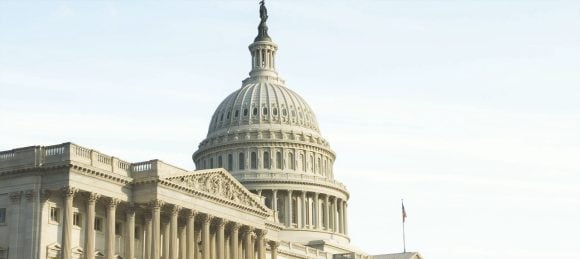Washington Weekly

Washington Weekly: the latest from the nation's capital
Washington Weekly: the latest from the nation's capital
The Washington Weekly is the premiere publication in which Governmental Affairs US communicates major public policy and political developments in Washington. The report examines the legislative issues and debates that shaped Washington for the week, with a focus on financial services, tax, and regulatory measures which impact UBS, its employees and clients.

